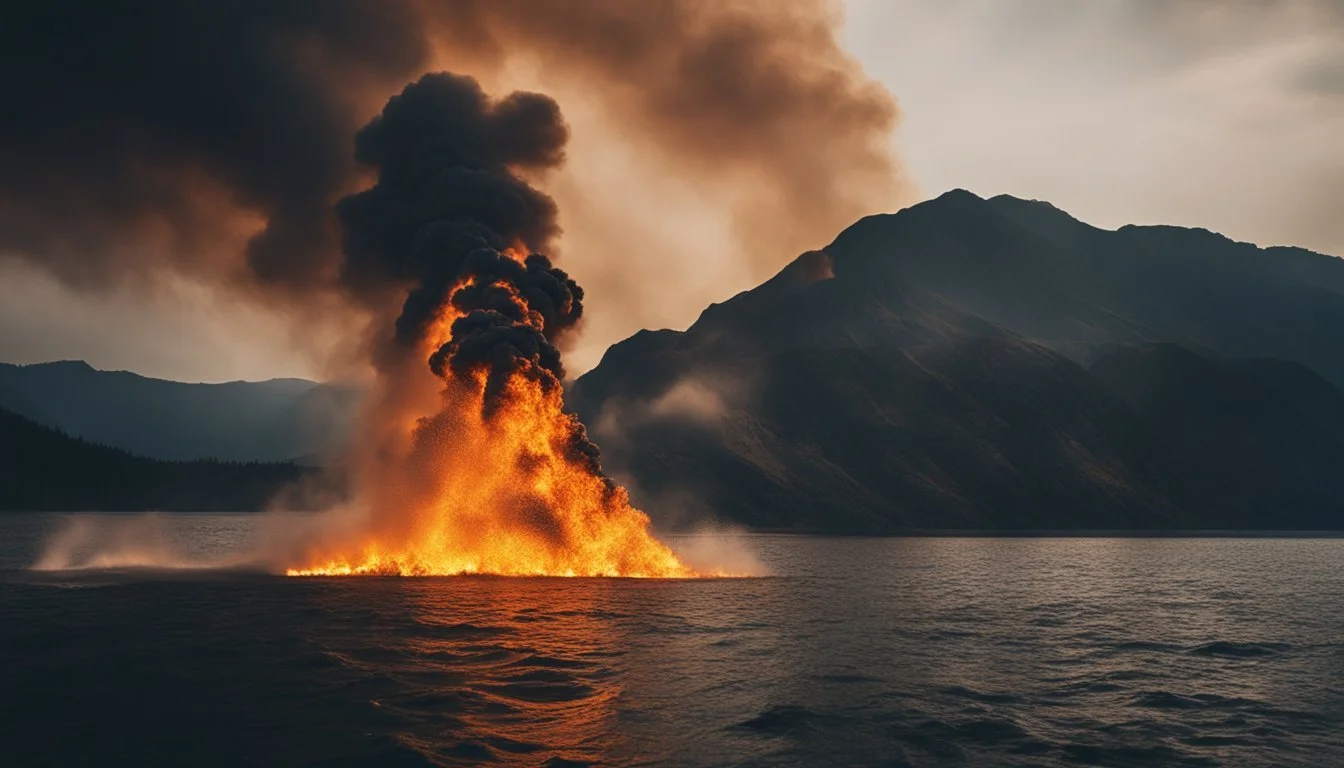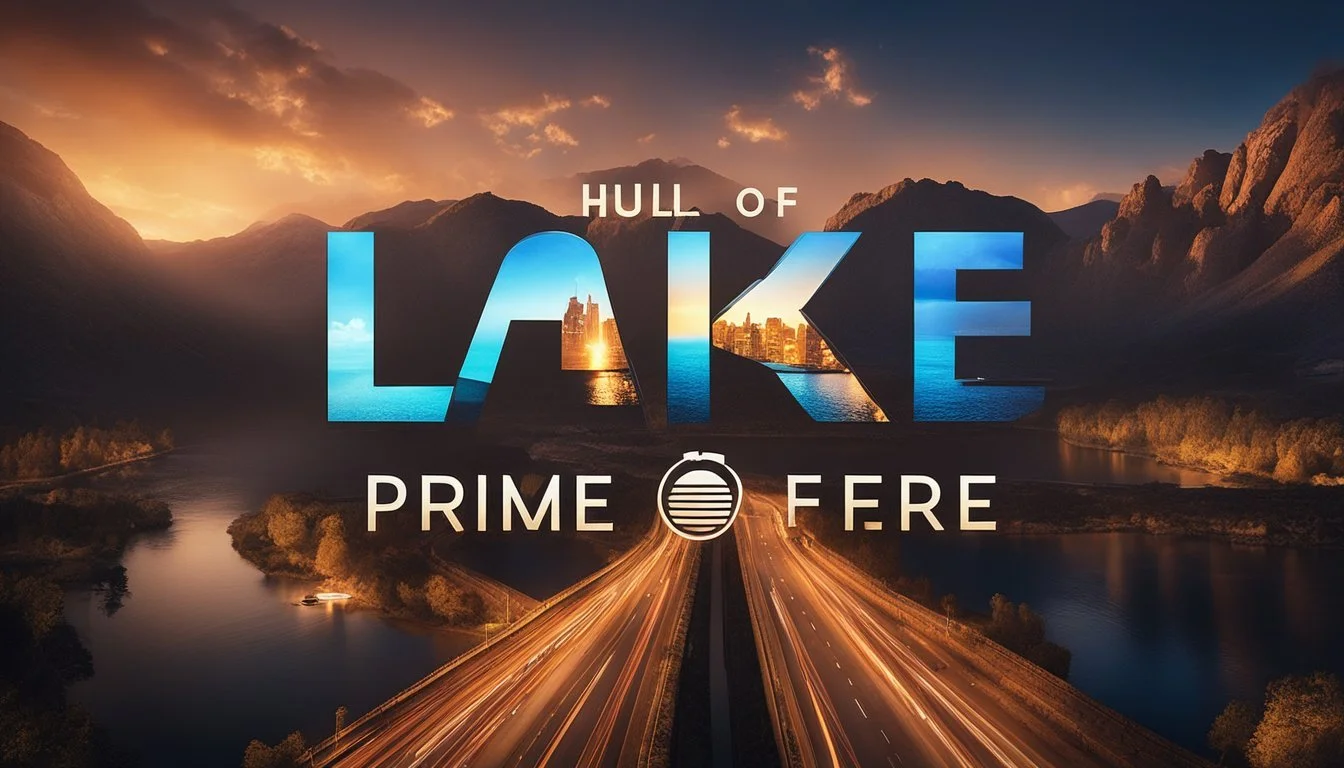Lake of Fire (2007) Review
Unveiling the Truth Behind the Flames
Lake of Fire, a provocative documentary released in 2007, delves into one of the most divisive and controversial topics in modern society: abortion. Aiming to present an unbiased account of this heated topic, the film examines the abortion debate from multiple perspectives, giving voice to both pro-life and pro-choice activists, while also offering insights from political and religious figures, medical professionals, and women affected by the issue.
The documentary's presentation is as striking as its content, with Kaye shooting in black and white to depict the stark nature of the debate. Over nearly three hours, viewers are confronted with the emotionally charged arguments and beliefs that surround abortion, highlighting the complexities of this ongoing ideological struggle.
By providing a neutral platform for both sides of the abortion debate and showcasing the impassioned beliefs of individuals involved, this documentary still remains significant - more than a decade after its initial release.
Director's Vision and Background
Tony Kaye is known for his unique and bold style of filmmaking, often focusing on controversial and thought-provoking topics. His works showcase his confident and experimental approach to filmmaking. This unflinching documentary, shot in black and white, employs carefully crafted imagery in order to convey a sense of neutrality, allowing viewers to interpret and form their own opinions on the subject matter. His exploration of emotionally charged topics allows for a deeper understanding of the human condition.
Central Themes Explored
Abortion Debate in America
Lake of Fire delves into the contentious and heated ongoing abortion debate in America, presenting a comprehensive examination of the issue from various angles. It reveals the complexities and nuances that surround abortion, particularly when it comes to the deeply held beliefs and emotions it invokes.
The documentary offers insights into both pro-choice and pro-life perspectives, exploring how each side of the argument approaches the subject of abortion. The film features graphic footage, engaging interviews, and footage from activists, politicians, and medical professionals.
Pro-choice advocates emphasize the importance of a woman's right to make decisions about her own body, often citing the potential for harm if safe and legal abortions are unavailable.
On the other hand, pro-life advocates focus on the sanctity of unborn life, arguing against the termination of pregnancies on moral and ethical grounds.
Sociopolitical Undercurrents
The documentary also examines the sociopolitical undercurrents that influence the abortion debate in America. By delving into the role of religion, politics, and social norms, the film exposes the myriad factors that contribute to the polarising nature of the issue:
Religious beliefs: Many pro-life activists draw from their faith when arguing against abortion, asserting that the practice violates the sanctity of human life.
Political affiliations: The documentary highlights how political parties in America have taken firm stances on the issue, often using the abortion debate to galvanize their base and further solidify divisions.
Social norms and expectations: Lake of Fire also explores how traditional gender roles and societal expectations can influence people's views on reproductive rights and the broader implications of these mindsets.
By first presenting people with an informed and balanced overview pro life sides of the ongoing abortion debate in America, this unflinching documentary shot by Tony Kaye gives viewers the opportunity to engage with the issue on both a personal and intellectual level. Through its exploration of various perspectives and underlying sociopolitical factors, the film encourages open dialogue and a deeper understanding of this complex and controversial topic.
Key Individuals and Interviews
Insights from Political Activist Noam Chomsky
In the documentary, renowned political activist Noam Chomsky offers his perspectives on the abortion debate. Chomsky provides a neutral and well-informed viewpoint on the heated, ongoing abortion debate and controversies surrounding this sensitive topic. His insights focus on the implications of both pro-life and pro-choice stances, highlighting the importance of understanding their nuances.
Norma McCorvey's Story
The documentary features Norma McCorvey, the woman behind the pseudonym "Jane Roe" in the landmark 1973 Supreme Court case, Roe v. Wade. Through interviews and archive footage, the documentary includes interviews as it presents an in-depth look at McCorvey's life and her shift from being the anonymous figurehead of the pro-choice movement, to a vocal advocate for the pro-life cause later in her life. This turn of events and her struggle to find her own identity in the midst of highly polarized debates help humanize the issue.
Randall Terry and Pro-Life Activism
Randall Terry, the founder of the prominent pro-life organization Operation Rescue, is also spotlighted in the documentary. Lake of Fire explores Terry's activism and the strategies employed by the pro-life movement to advance their cause. The film also delves into Terry's interactions with other key figures, such as author and civil libertarian Nat Hentoff and legal scholar Alan Dershowitz among numerous others. Both Hentoff and Dershowitz provide their stances and ideas, further enriching the intellectual discourse presented in the documentary.
To summarize, Lake of Fire effectively showcases the insights and stories of key individuals like Noam Chomsky, Norma McCorvey, and Randall Terry while also featuring the perspectives of Nat Hentoff and Alan Dershowitz. This approach provides a comprehensive and nuanced understanding of the abortion debate, capturing the complexities surrounding this deeply divisive issue.
Cinematography and Craftsmanship
The Impact of Black and White Imagery
The choice to use black and white imagery in the documentary provides a powerful and sophisticated dimension to the film. By employing this visual technique, the production team conjures a raw and evocative atmosphere which serves to heighten the emotional impact on viewers.
This stylistic decision also lends to a sense of timelessness, allowing the audience to better connect with the historical aspects of the subject matter. Not only does the absence of color maintain the focus on the complexities of the topic, it also seems to strip away any distractions.
Furthermore, black and white imagery can elicit a level of neutrality, which is crucial in maintaining an unbiased standpoint throughout the documentary. In this format of graphic documentary, the intricate details are unconcealed, thus compelling the viewer to confront the subject matter head on.
Graphic Footage and Viewer Discretion
The deliberate inclusion of graphic footage of actual medical procedures operates on multiple levels. Firstly, it establishes a sense of authenticity which enables the audience to better understand the reality of the situation. Secondly, the images are intentionally provocative, challenging viewers to confront their beliefs and question the moral implications of their stances.
Overall, the cinematography and craftsmanship employed by Lake of Fire combines the poignant impact of black and white imagery with the confrontational nature of graphic footage to produce a powerful, immersive experience. The film's artistic choices not only contribute to its visual appeal, but also enhance the viewer's understanding of the subject matter and its enduring significance.
Reception and Critical Analysis
Rotten Tomatoes and Audience Response
The documentary received a strong reception with an 84% approval rating on Rotten Tomatoes. This number is a testament to the quality of the film and its impact on viewers. The audience response has been mixed, with some praising the riveting and honest documentary, while others criticise the graphic imagery used in the film.
Real-life Consequences
Clinic Attacks and Paul Hill's Execution
The film sheds light on the real-life consequences of the abortion debate, particularly in the United States. One of the most alarming consequences has been the increasing number of attacks on doctors and abortion clinics. In the documentary, viewers get a close look at some of the most violent incidents, including bombings and arson. A glaring example is the murder of Dr. John Britton, a physician who performed abortions at a clinic in Pensacola, Florida.
Supreme Court Cases and Roe v. Wade
Lake of Fire also takes a deep dive into the legal battles surrounding the abortion debate. Of particular significance is the impact of the landmark decision in the case of Roe v. Wade.
Through this pivotal Supreme Court ruling, abortion became legal nationwide, giving women the right to choose whether or not to terminate a pregnancy. However, the fight over abortion rights continues to play out across various legal battles and subsequent rulings. For example:
Planned Parenthood v. Casey (1992): This case reaffirmed the core holding of Roe v. Wade but allowed states to enact some restrictions, as long as they did not impose an "undue burden" on women seeking abortions.
Whole Woman's Health v. Hellerstedt (2016): This ruling struck down overly restrictive Texas regulations against abortion clinics as they posed an unconstitutional burden on women seeking an abortion.
By providing an in-depth exploration of these legal challenges, the film highlights the ongoing battle over the right to access abortion in the United States.
Where to Watch
Streaming on Hulu, Disney+, and Prime Video
Lake of Fire is available for streaming on multiple platforms, making it easily accessible for audiences. Three of the major streaming services hosting this documentary are Hulu, Disney+, and Amazon Prime Video.




